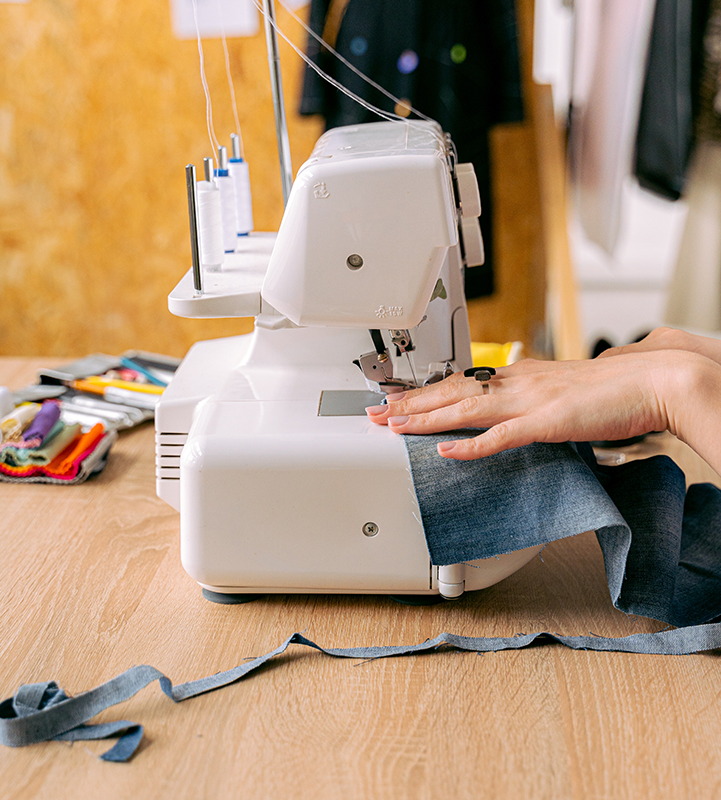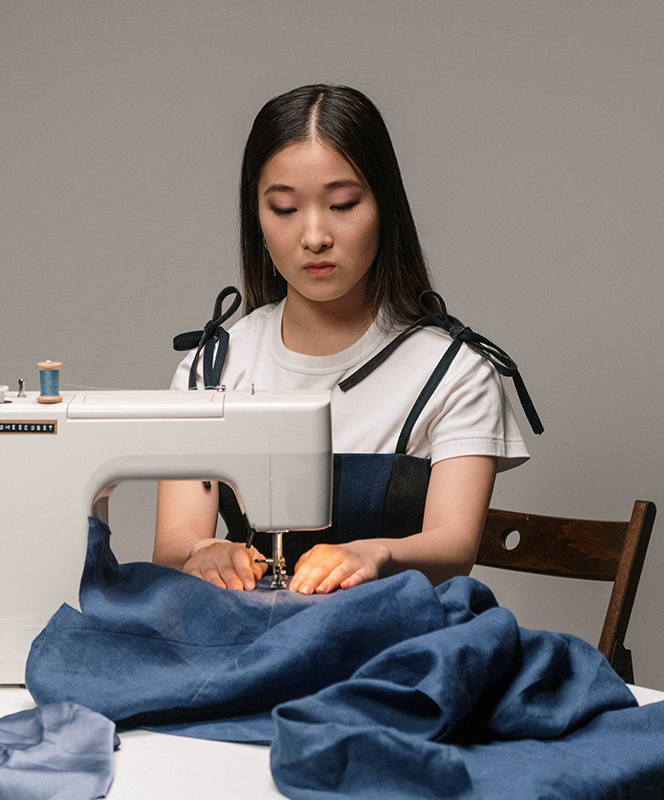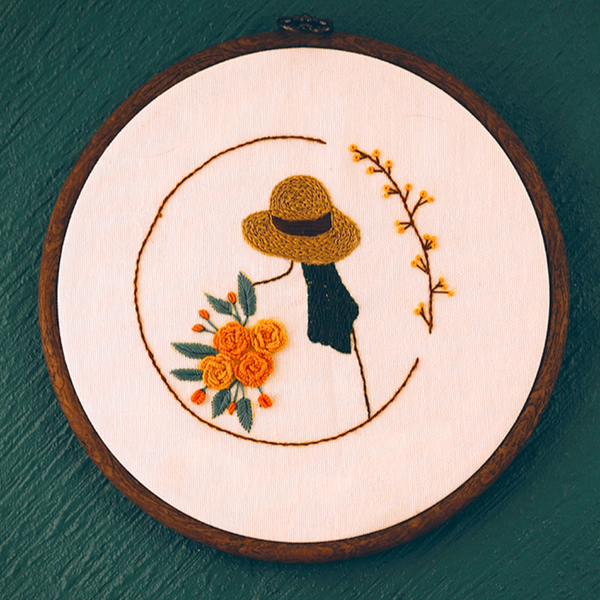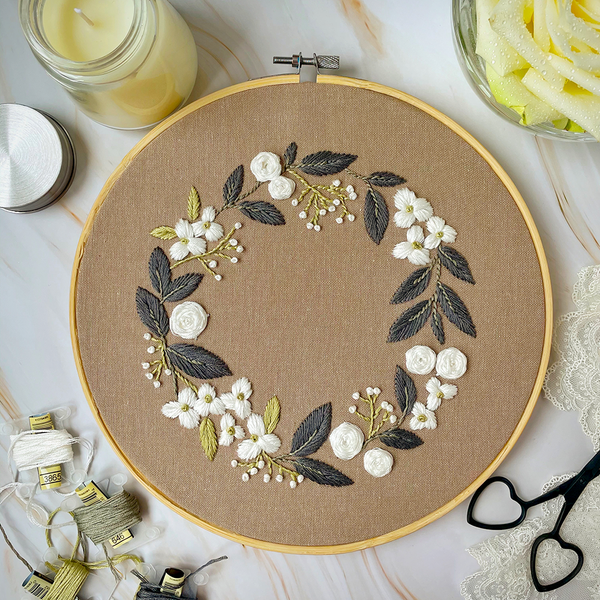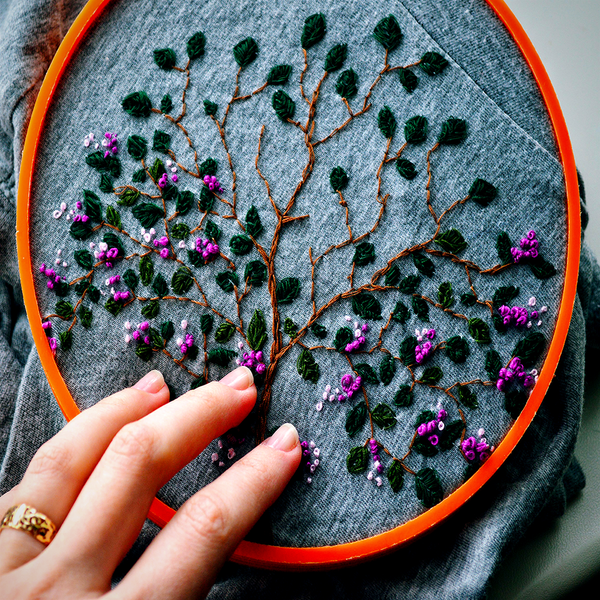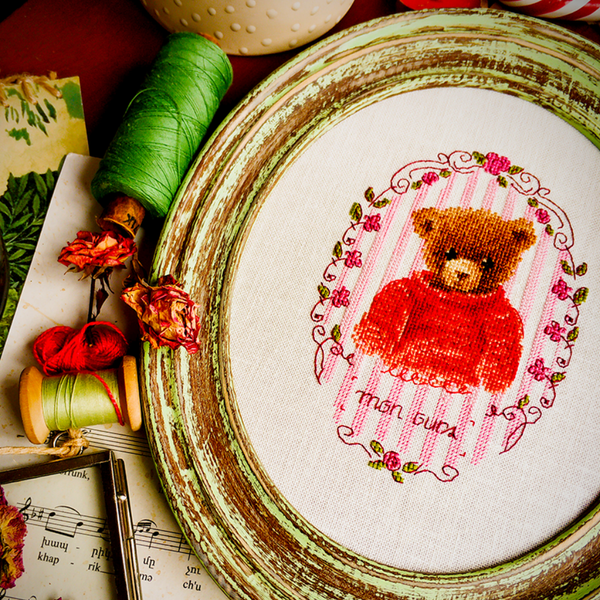Are you looking to add some style and personality to your wardrobe?
Remember that feeling of finding the perfect pair of jeans, only to realize that it is either too expensive or not available in your size?
Well, what if we told you that you could make your own perfect pair of jeans that fits just right?
Whether you’re an experienced seamstress or just getting started on the sewing journey, there's no better way to customize your denim than by learning how to sew your own pair of jeans!
With easy-to-follow tutorials for everything from patching up holes in existing jeans to creating new garments from scratch, with a little bit of time and effort it can be surprisingly simple (and fun!) to make sure your denim looks unique and one-of-a-kind.
Jeans are the staple of every wardrobe, and there's nothing like the satisfaction of creating your own masterpiece.
So, why not take the leap and start sewing your own jeans?
It's easier than you think, and we've got all the tips and tricks you'll need to become a pro.
Sewing your jeans might seem like a daunting task, but with a little bit of patience, creativity, and a sewing machine, you can create a pair of perfectly fitting denim pants that are uniquely tailored to your body shape.
If you're ready to get started, here are some essential tips that will get you on your way!
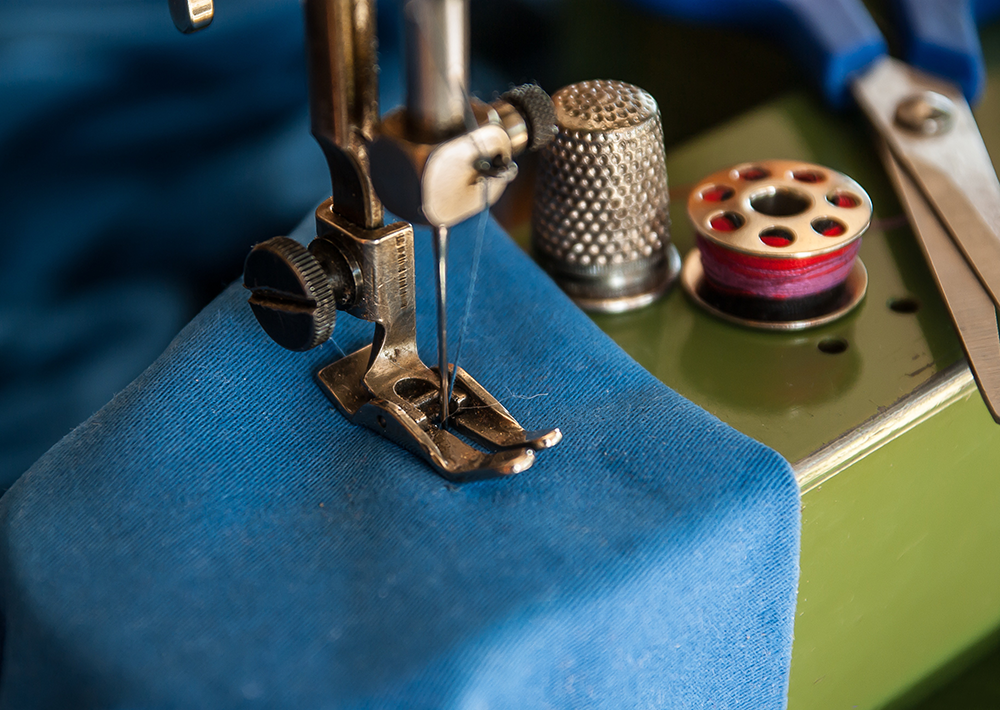


Find the Right Fabric
When it comes to sewing jeans, the right fabric is the key to success.
The first step is selecting the right denim fabric.
Select denim that is sturdy, holds its shape, and has a bit of stretch.
Don't shy away from a heavier weight denim as this will give your jeans structure and longevity.
Look for options that match your desired weight, stretch, and color; depending on your project, you may also want to consider a special finish or texture.
Remember, quality matters, so invest in good-quality denim to make your jeans last longer.
Also, make sure to pre-wash your fabric before cutting as denim tends to shrink.
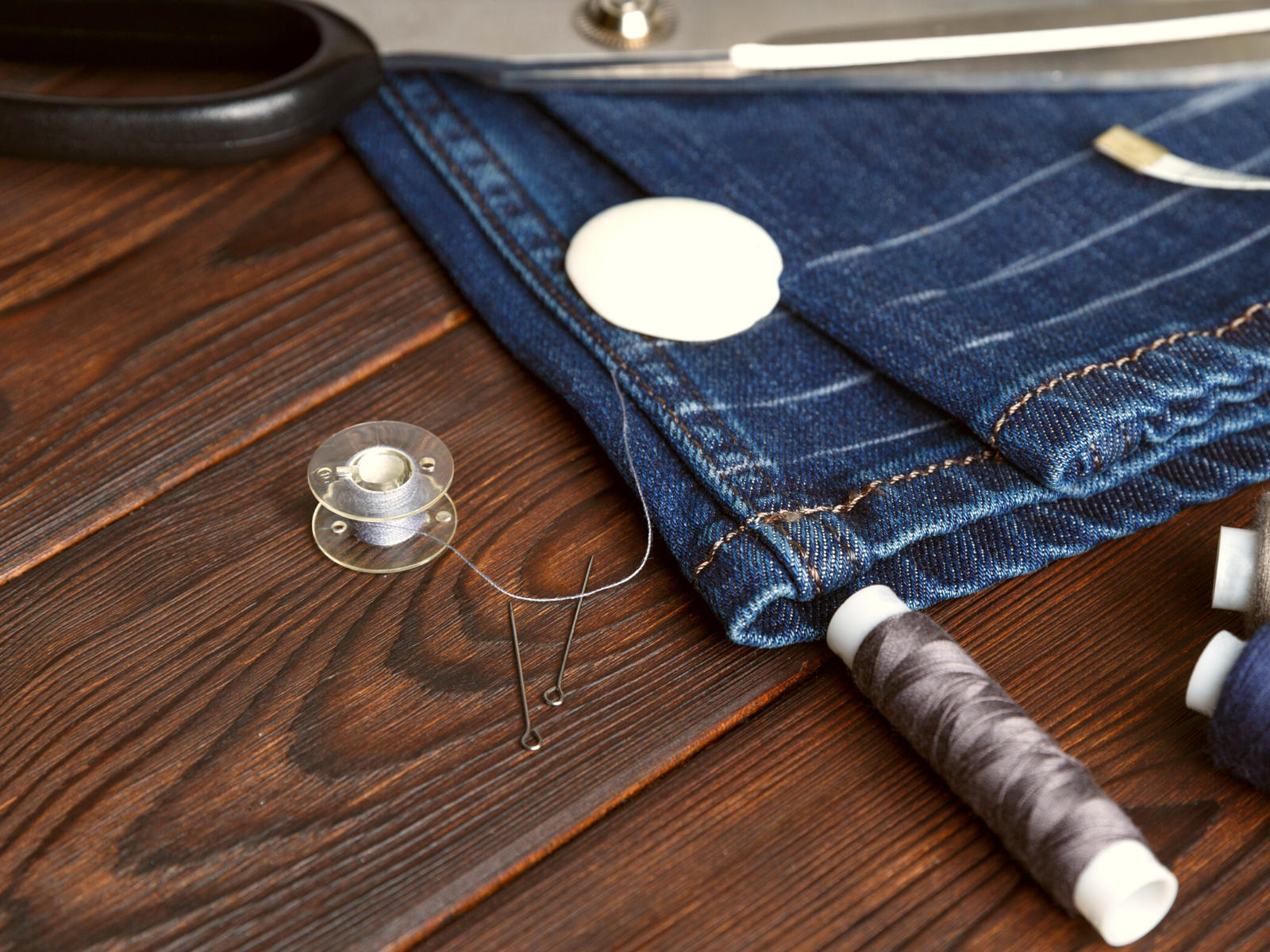


Take Measurements
Now it's time to take your measurements.
Be sure to measure your waist, hips, inseam, and thighs.
These measurements will help you create a pattern that is tailored to your body shape.
If you're looking to make other clothing items and accessories out of denim, such as shirts, shorts, jackets, or pocket bags, it's also important to measure the desired length and width of these items.
Your project will only be as good as your measurements, so make sure to measure twice and cut once!
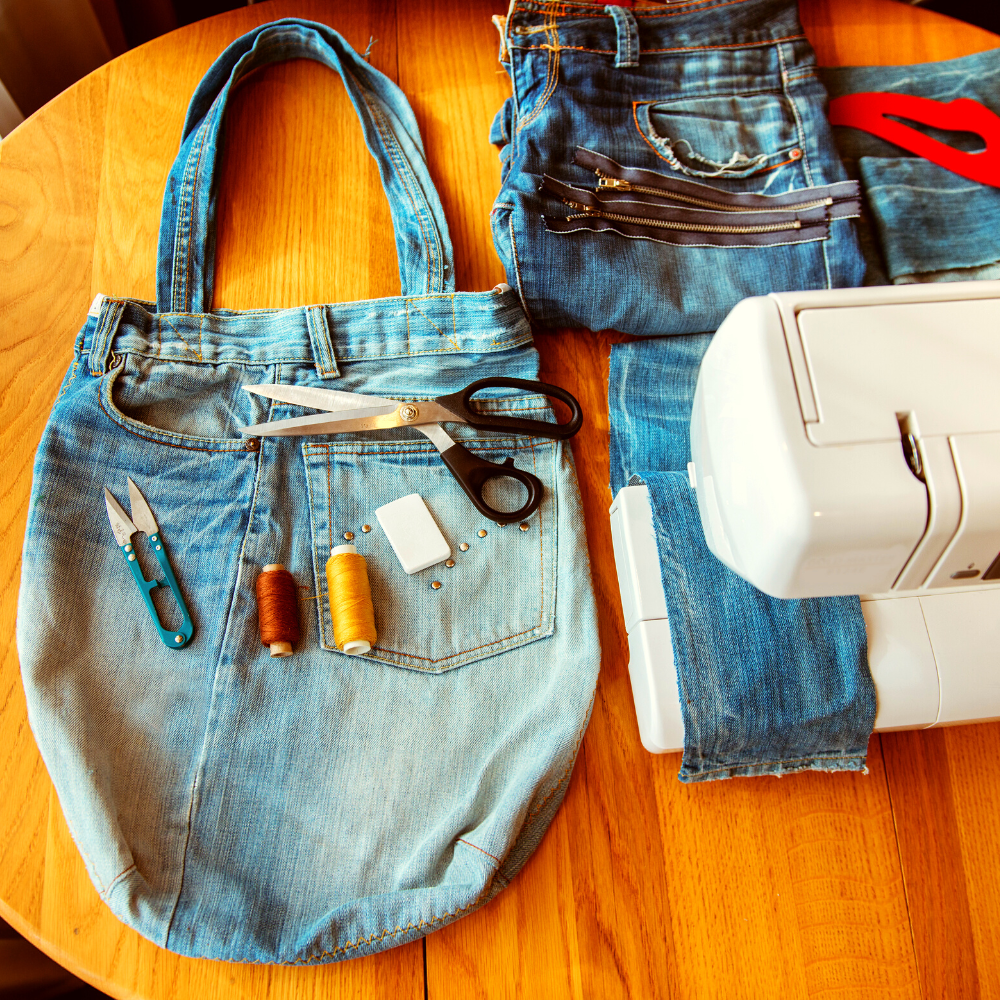


Choose Your Pattern
Once you've got your fabric, it's time to choose the perfect pattern based off your measurements.
You can either create your pattern from scratch or use an existing pattern as a base.
There are so many patterns available, including different styles, fits, and sizes.
When making jeans, you can find a sewing pattern for straight leg blue jeans, skinny jeans with front pockets, slim fit stretch denim pants, non-stretch denim pants with back pockets, and more.
We suggest starting with a simple pattern that fits your style and skill level.
If you're new to sewing, we recommend using a commercial pattern designed for jeans because it will have the most detailed instructions.
Take your time with the pattern, read through the instructions carefully, and don’t be afraid to ask for help!
Once you get more experienced, feel free to experiment with different techniques and patterns!

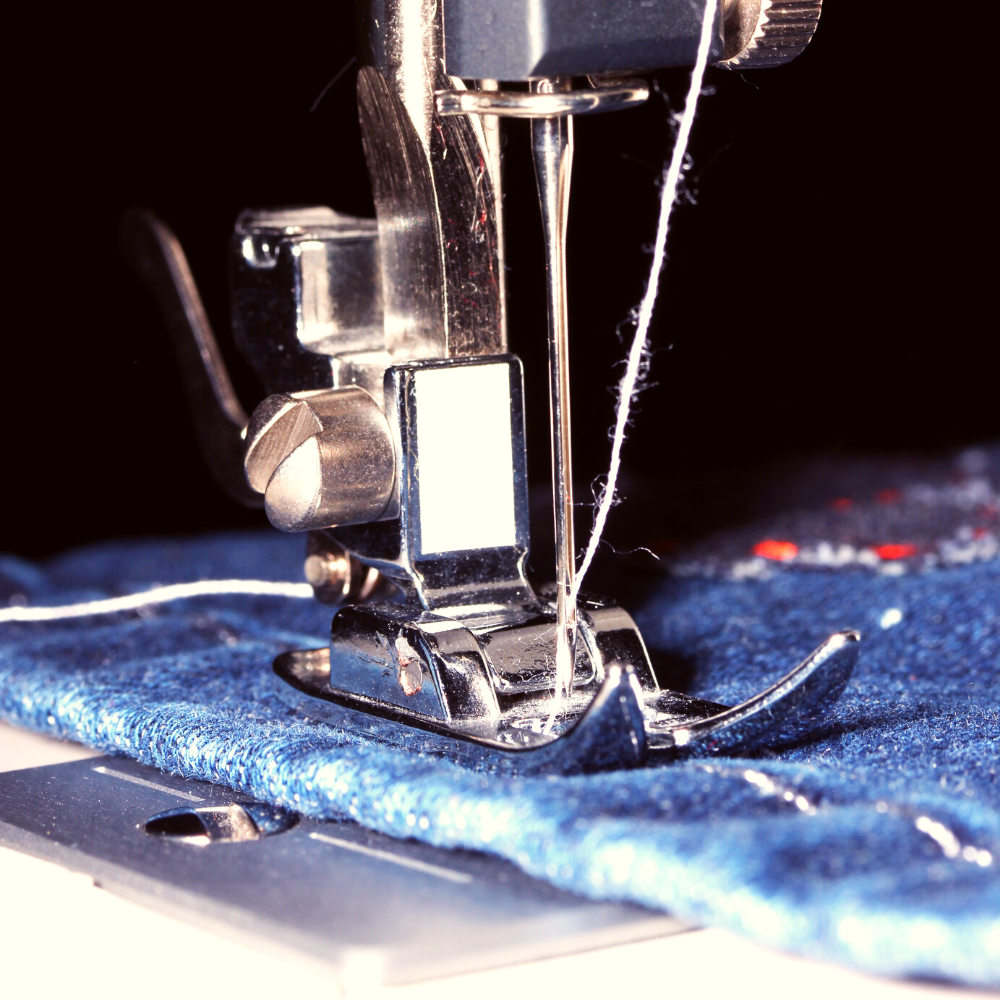

Mastering Sewing Techniques
Sewing jeans can be intimidating, but once you've nailed down the techniques, you'll be sewing jeans like a pro in no time.
Consider which supplies you plan on using, such as denim needles, sewing machines, scissors, and sergers.
A denim needle is designed to handle the thickness of denim fabric while a serger helps create neat seams and finishes.
A regular sewing machine is great for creating the seams and stitching on pockets, but a heavy-duty sewing machine is recommended for more elaborate projects.
Practice your stitching technique on scrap fabric before tackling your denim project.
The key techniques to focus on are topstitching, flat-felled seams and inserting rivets or buttons.
Practice these as often as you can, and always use the appropriate thread for each technique.
When sewing denim, look for tutorials online or take a class to learn these techniques if you’re unsure.
Once you get more familiar with the process, you can even try more advanced techniques, such as welt pockets, belt loops, or turn-ups.
The possibilities are endless!
The most important thing is to practice sewing denim, so you get comfortable with the techniques and tools needed to create a beautiful pair of jeans.
With patience, practice, and creativity, you can make the perfect pair of jeans that fits and flatters your body shape!
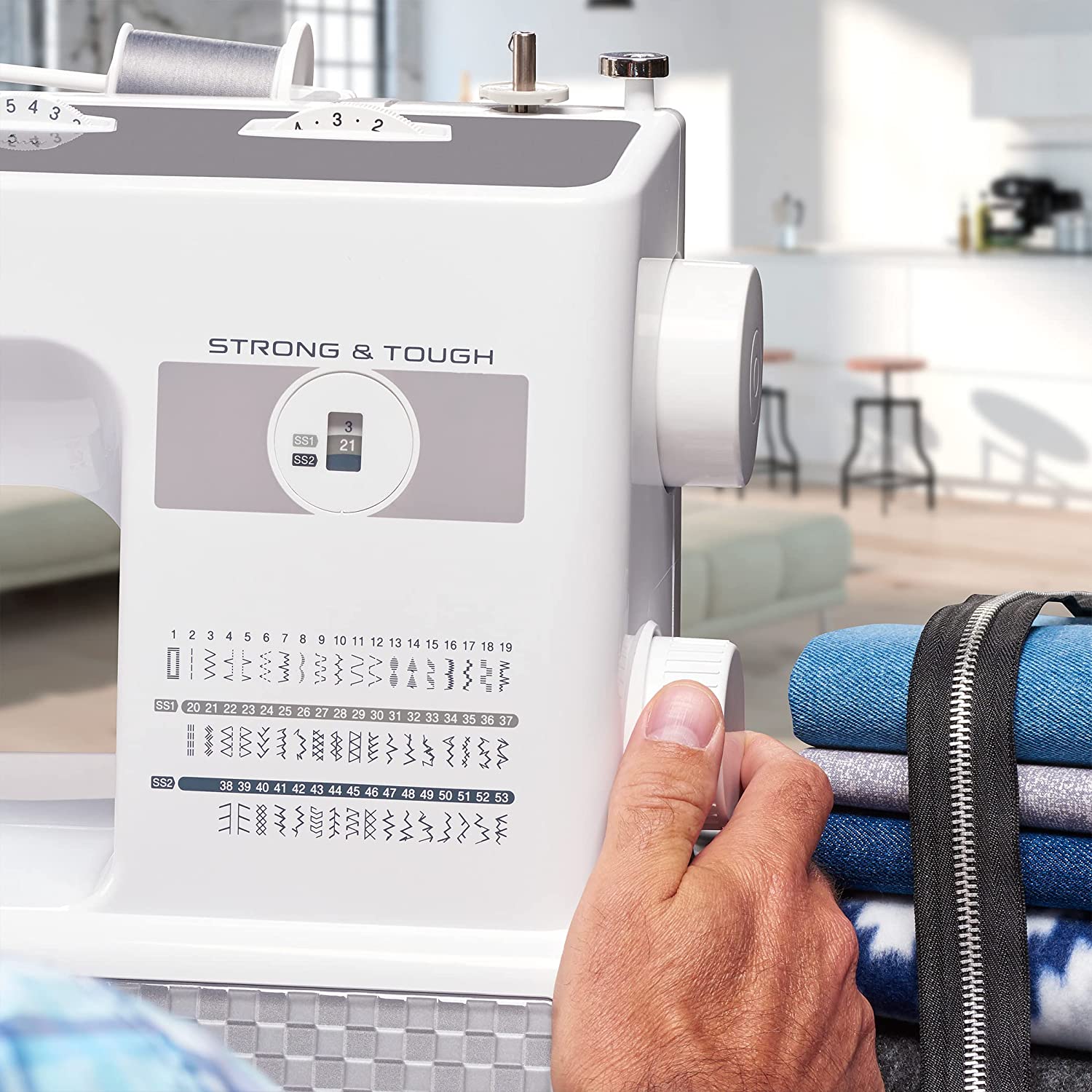


Assembling Your Project
Once you've mastered the basics, it's time to create your jeans.
Cut your fabric based on the pattern you've either selected or created.
Take your time and pin everything together before you begin sewing; then, sew your pieces together according to the instructions.
Be mindful of the inner waistband, outer seams, and pockets as you go.
Once everything is pinned, give it a final look to make sure that nothing has shifted.
Now you are ready to start sewing and assembling your project!
Be sure to use the right type of stitch, such as a topstitch, to make sure your jeans look professional.
Add a hem and adjust the fit according to your measurements, and don’t be afraid to adjust the pattern as you go; it's perfectly fine to make adjustments and changes if necessary.
Remember to take your time and double-check your work to ensure your jeans look and fit great.
If you don't get it right the first time, don't be discouraged.
By practicing and tweaking your techniques, you'll soon become a pro!
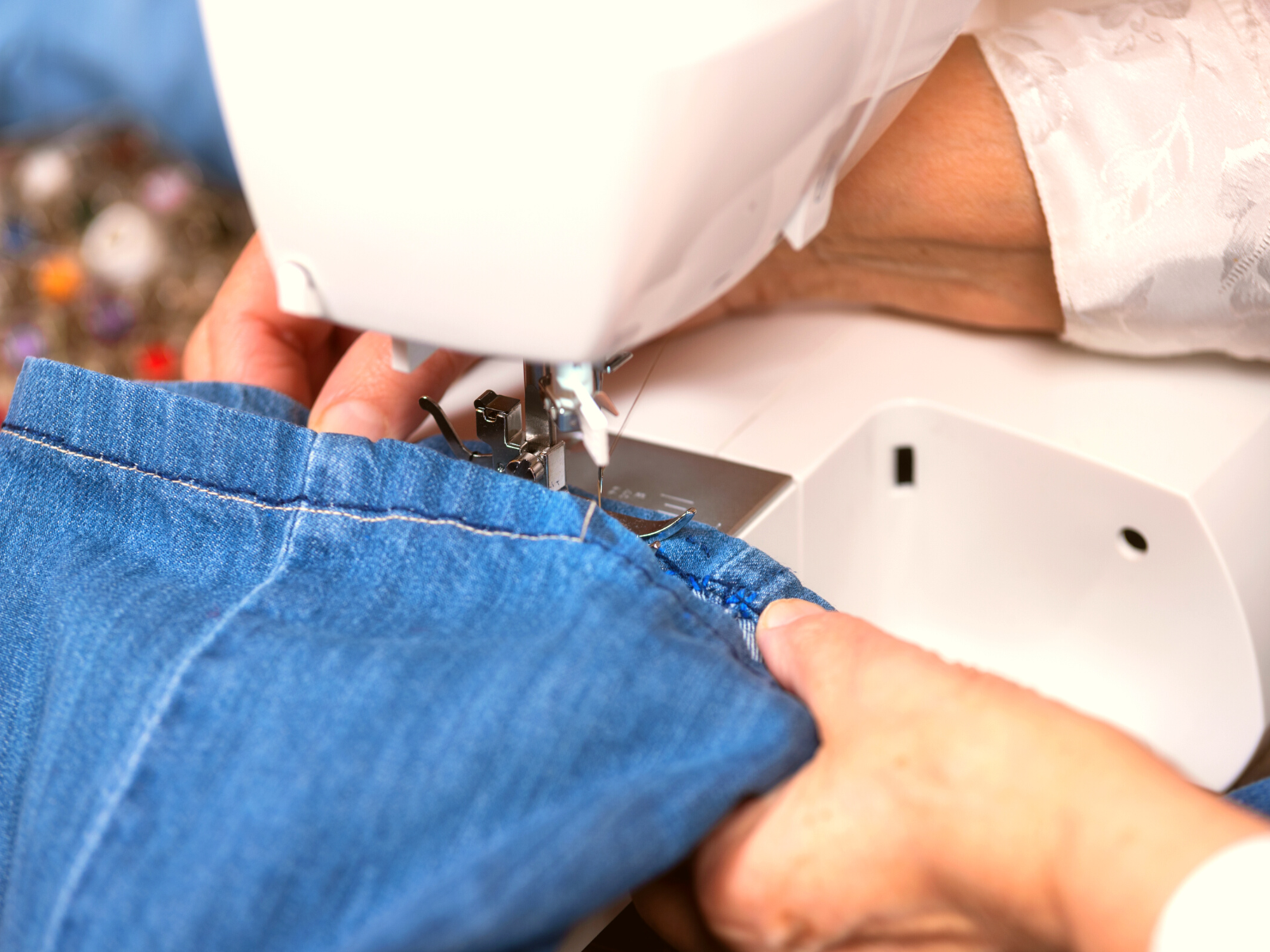
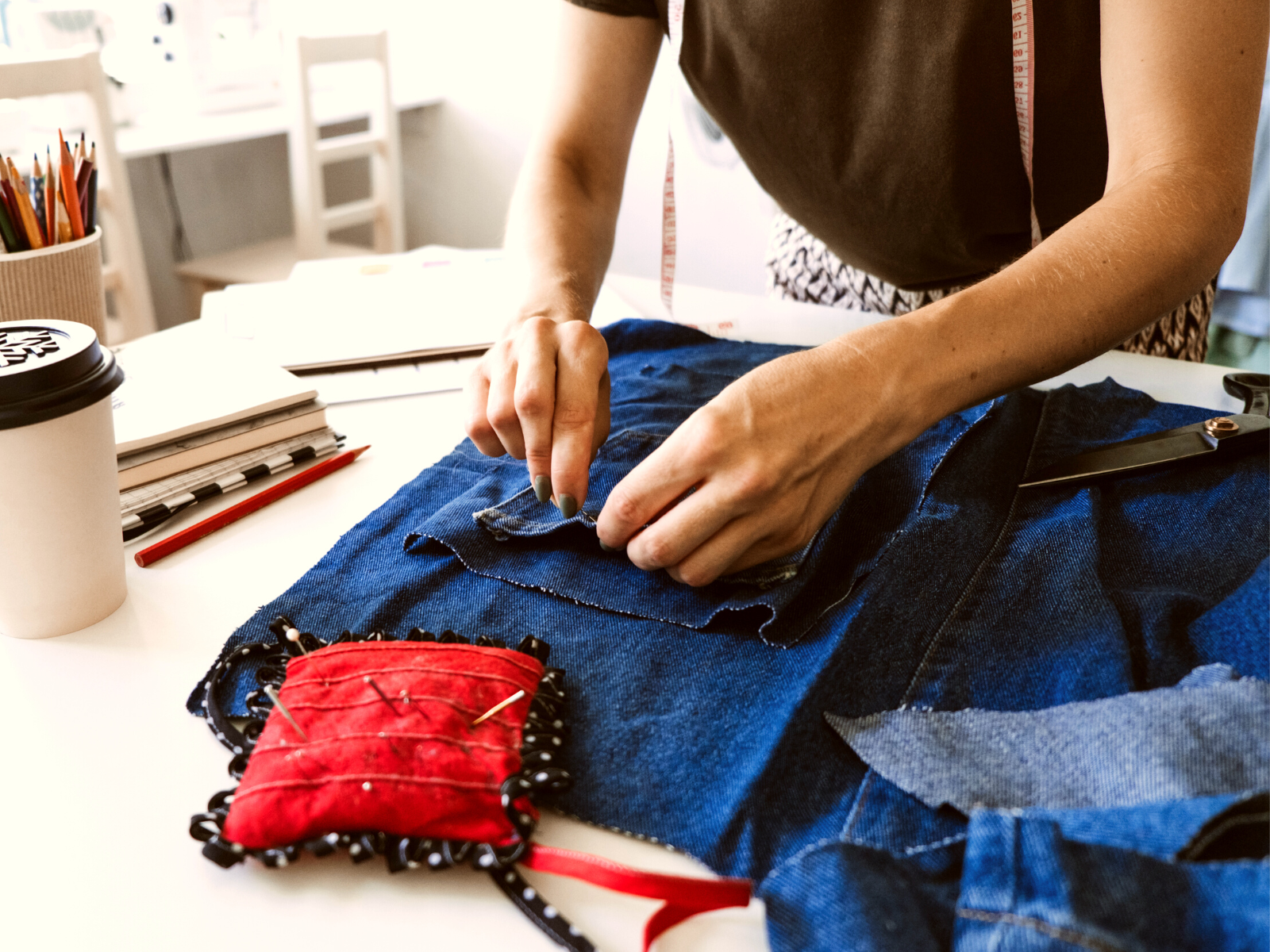

Adding Customization
One of the best parts of sewing jeans is adding your own personal touches.
Choose unique fabric for pockets, hems, or flaps, or add studs and patches to make your jeans stand out even more.
You can add embroidery, patches, or even distressing to make your jeans truly unique.
Whether you want to add a pop of color or just make a few subtle changes, the possibilities are endless.
Don't be afraid to get creative and express your personal style with the sewing process!
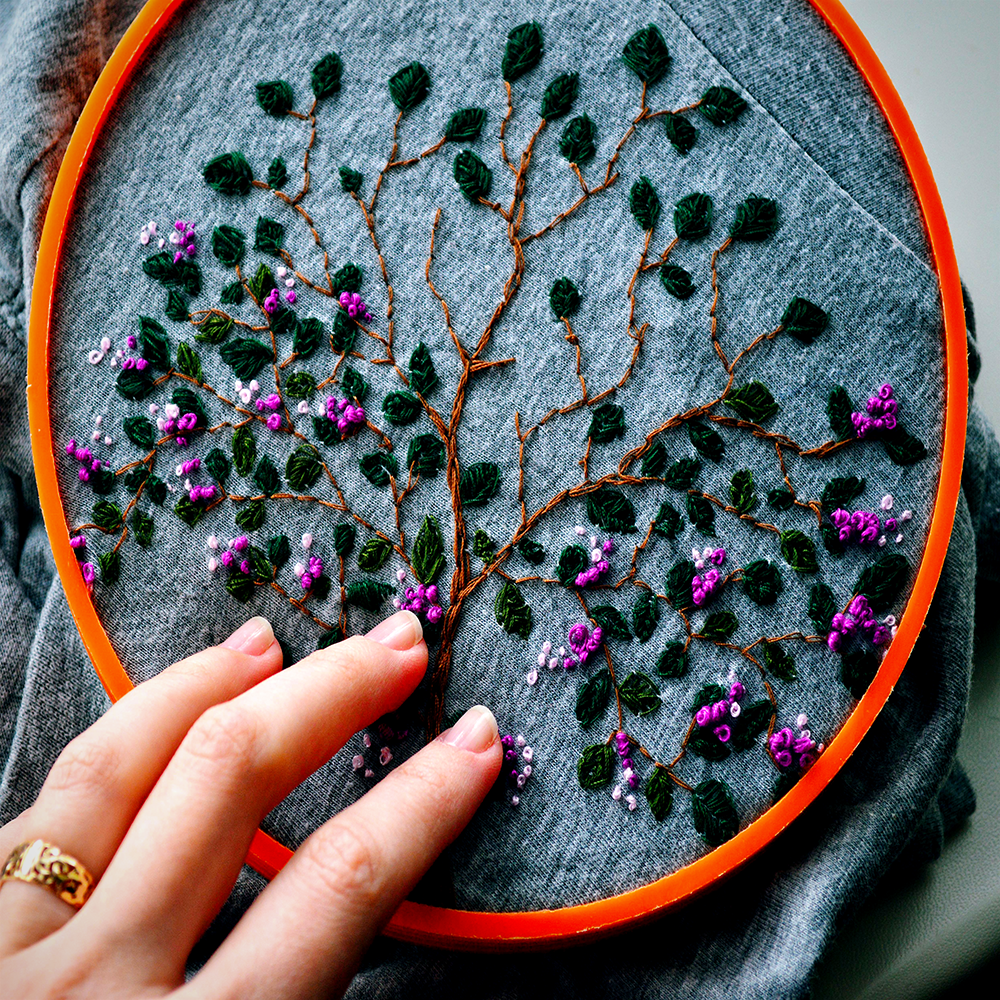


Finishing Touches
Now that you've completed your jeans, it's time for the finishing touches.
Finish off your jeans by adding the waistband, zipper, and pockets as these finishing touches will give your jeans a professional look and feel.
You can also add rivets or buttons for extra detail.
Make sure to give your jeans a final press with an iron, trim any stray threads, and admire your handiwork!
Your first pair of jeans may not be perfect but that’s okay, you’ll get better with practice.
Now you can show off your custom denim with confidence!
Congratulations!
You've now learned how to sew jeans and can show off your style with a one-of-a-kind denim creation!
Enjoy the satisfaction of wearing pants that are uniquely tailored to you, and don't forget to take lots of pictures and share your work with your friends!
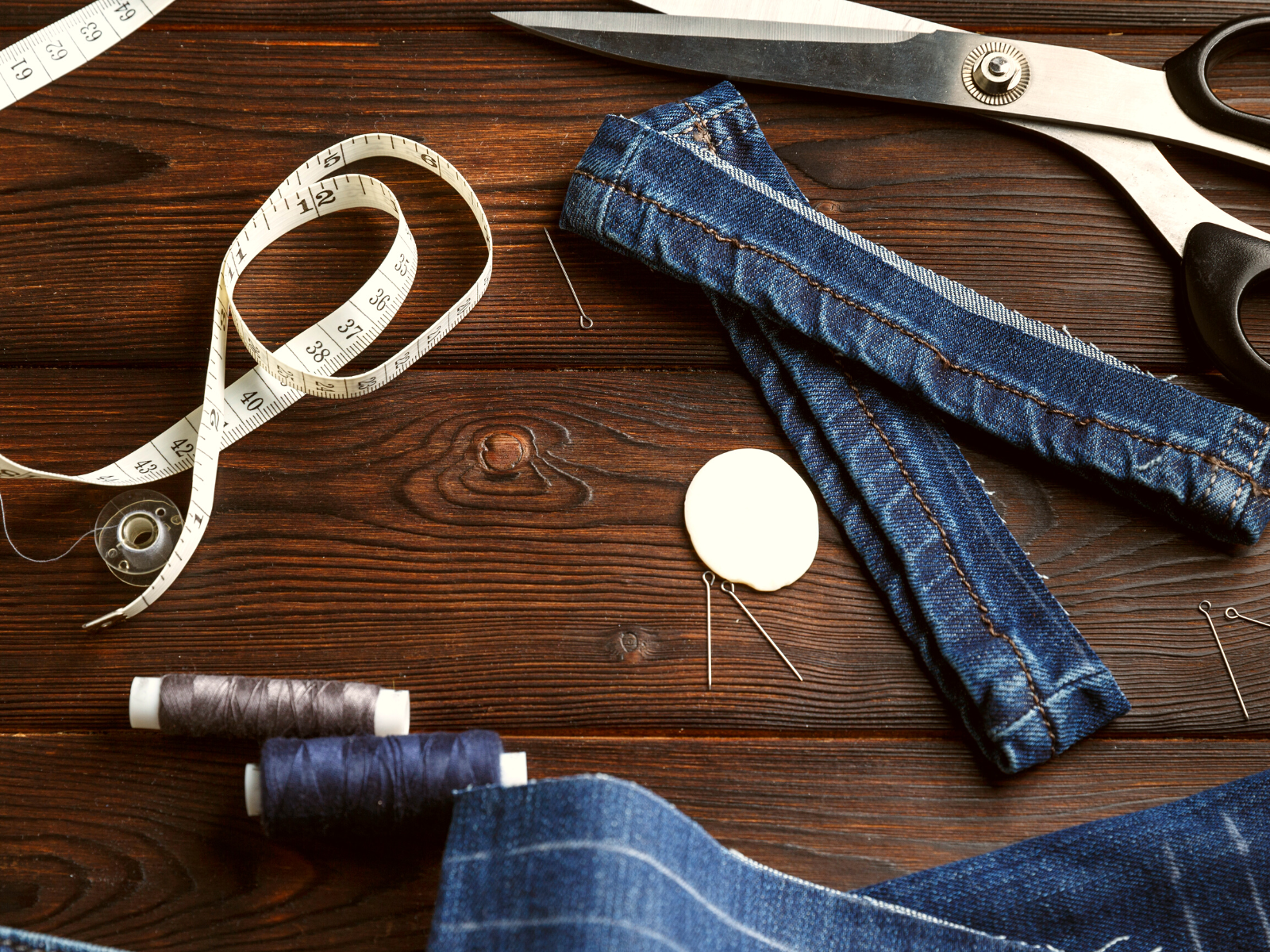

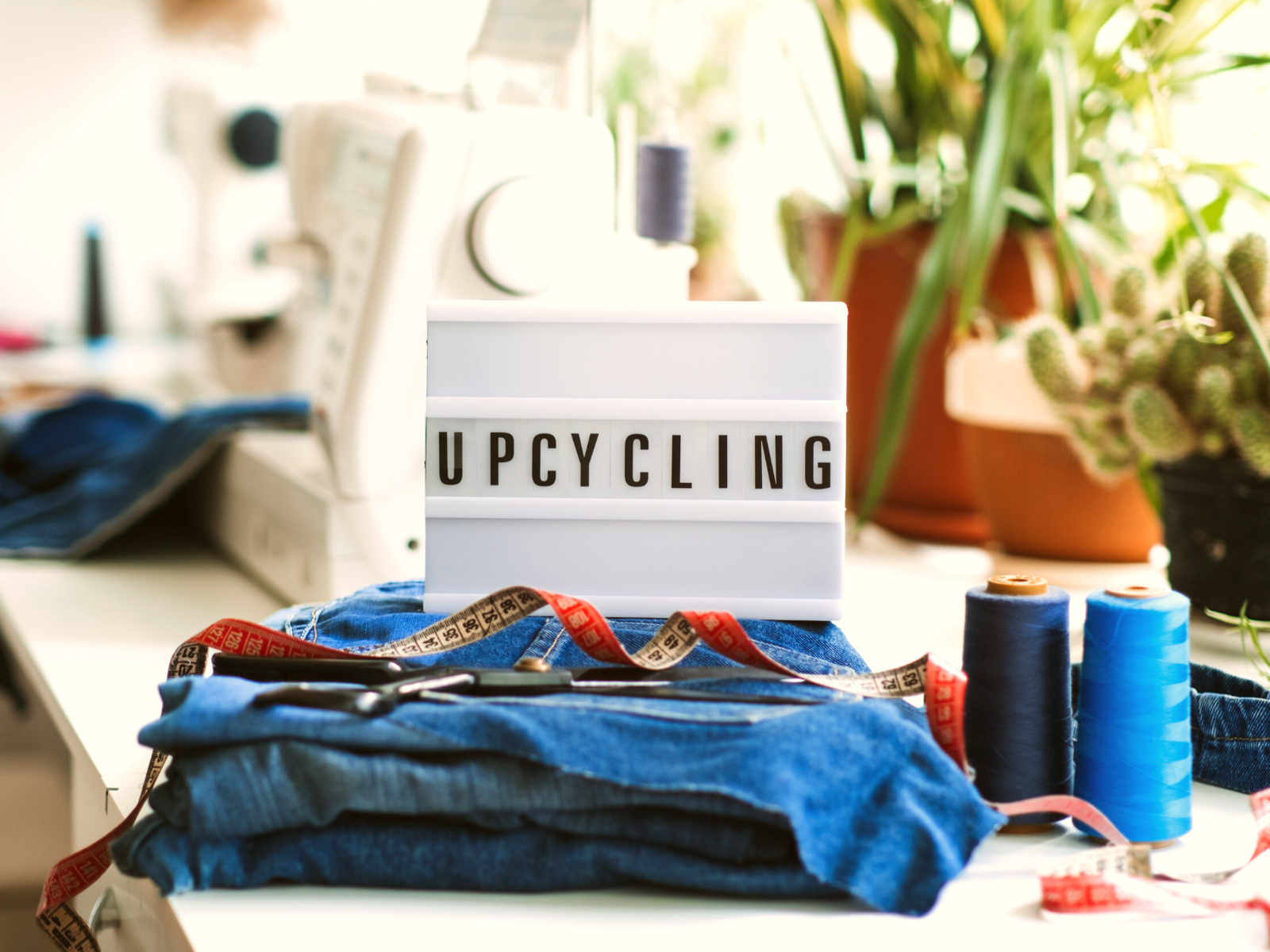
Sewing Jeans for Perfected Projects
Sewing your own jeans is an incredibly rewarding process that will allow you to create one-of-a-kind garments.
By creating your jeans and custom-fitted denim pants that are uniquely tailored to your body shape, you can achieve the perfect fit and show off your style with confidence.
Sewing jeans may seem like a daunting task, but with the right fabric, pattern, and techniques, anyone can do it!
Not only will you save money and get a perfect fit, but you’ll have the satisfaction of saying, “I made these!”
With some patience, creativity, fun, and practice, you’ll soon become a pro.
So, grab your fabric, thread, and sewing machine, and let's get started on creating your perfect pair of jeans!
It's time to take the leap and start sewing your own a pair of high-quality jeans that are both stylish and comfortable today!
You won’t regret it!
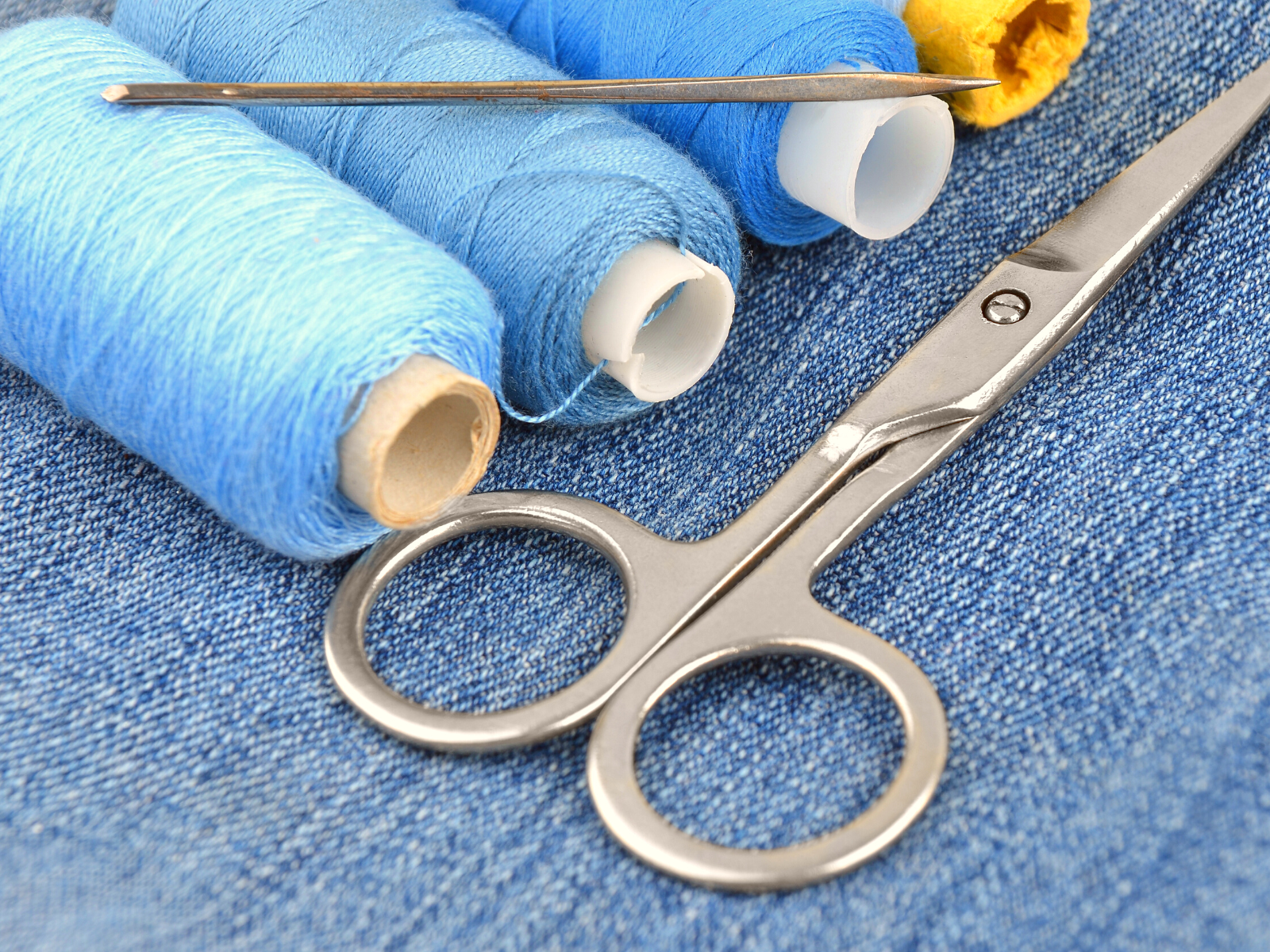
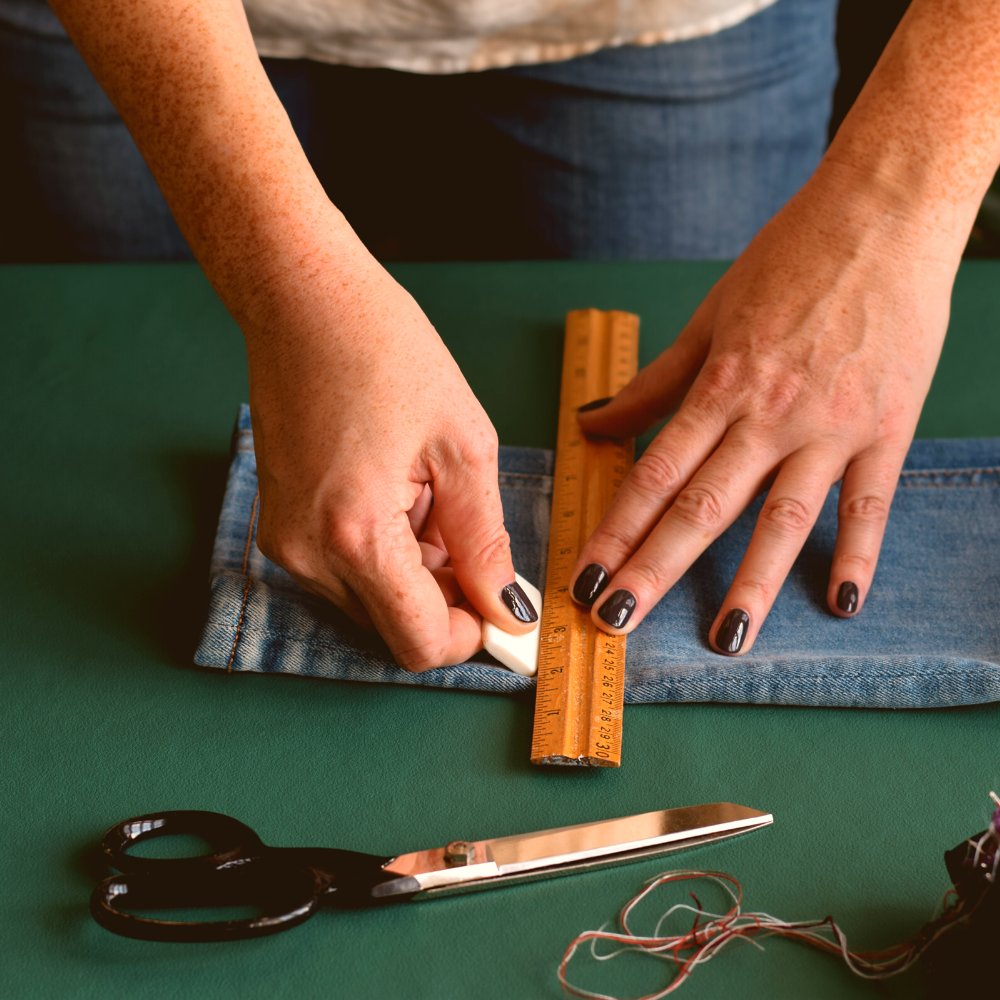
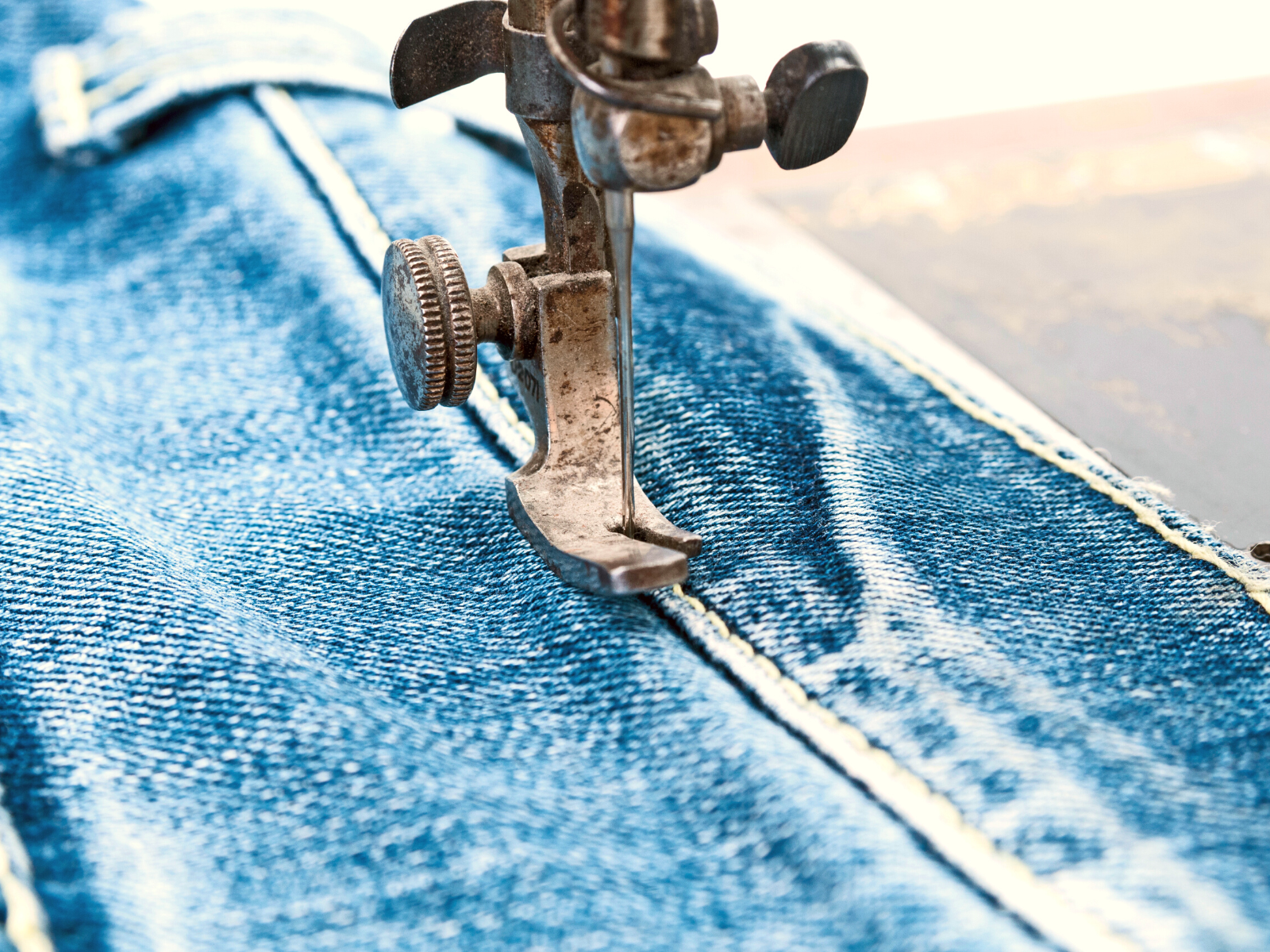
Eager to create the ideal pair of jeans? Check out Coolirpa's video!
Want even more content about creativity and art?
Be sure to check out all of our creative chronicles!
Interested in all things sewing?
Check out some of our other articles:
